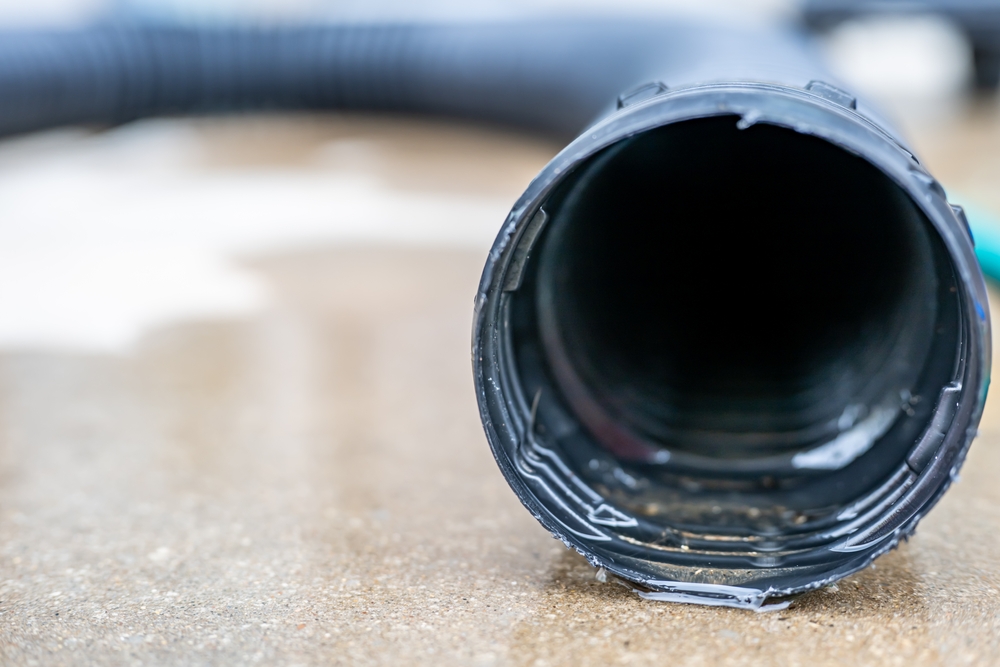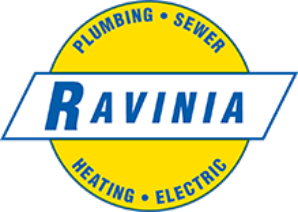
With the heavy rain season on us, the risk of flooding also increases. You will want to make sure your sewer line is rodded, and you also need to make sure your sump pump is in good working condition.
Do you need a new sump pump? You may if:
- Your pump is older than 10 years
- There is water at the top of the pit
- The pump is clogged
- The pump won’t stop running
- You hear rattling, gurgling, or grinding noises
If you do need a new sump pump, here are some things to consider.
- Horsepower. Most pumps come with a 1/3 horsepower motor, but you should consider a ½ horsepower motor if you are in an area that floods a lot. Caution – bigger is not always better, because if the pump is too large for the basin, the pump will short-cycle. That will reduce the life of the pump. If your area does flood a lot, you might be better off with a pedestal pump that sits above the pit, so pit size is not a factor (see next point).
- Type of pump. There are two types of pumps: submersible and pedestal. Here is a summary:
Type Submersible Sump Pump Pedestal Sump Pump Description Sits in the sump basin with the motor submerged in the basin. It sits on a pedestal above the sump basin. Typically has a stronger motor. Flooding prevention Not as good. Better due to a stronger motor that pumps water out faster. Other advantages 1. Quieter 2. The motor can cool quicker since it is submerged
1. Lasts longer (25-30 years) 2. Typically has higher pumping capacities and/or can have a higher lift
3. Easier to maintain/repair
Disadvantages 1. Shorter lifespan (5-15 years) 2. Lower pumping capacities
1. Noisier 2. More expensive
- Flow rate. The flow rate is measured in gallons per minute and indicates how much water the pump can move in a minute. Choose a flow rate that matches the maximum water flow into your pit. A flow rate that is higher than the water flow into the pit is just a waste.
- Float switch. The float switch activates the pump when it reaches a certain level. Choose a mechanical switch as opposed to a pressure switch. And make sure the switch is solid, so it won’t burn out the sump pump, fail to switch off, or become waterlogged.
- Water level alarm. This alarm will go off when the water level in the sump pump reaches a certain level above the level at which the pump should have activated.
- Cast iron core. If you have a submersible pump, make sure it has a cast iron core and not a plastic core. A cast iron core will dissipate heat faster, lengthening the pump’s life.
- Screen intake. The pump should also have a screen intake design with an impeller that can handle solids up to a ½ inch diameter, reducing the risk of clogs.
- Smart pumps. A smart pump can notify you via your phone or your tablet if there is a problem.
- Battery backup. No matter what pump you select, it won’t run if the electric power is out. So, make sure you have a battery backup so you are protected if the power goes out.
Contact Ravinia Plumbing for Sump Pumps
The licensed plumbers at Ravinia Plumbing can help you select and install the right sump pump for your home, thus guarding against damage and inconvenience due to flooding. Our customers have relied on us since 1928 (that’s 97 years!) for quality products, knowledgeable technicians and superior service (including 24/7/365 emergency service. That is why we have made a name for ourselves as the most trusted and reliable plumbing, sewer, heating and air conditioning, and electrical companies in Chicagoland. Visit Ravinia Plumbing today to learn more, and to schedule an appointment.
